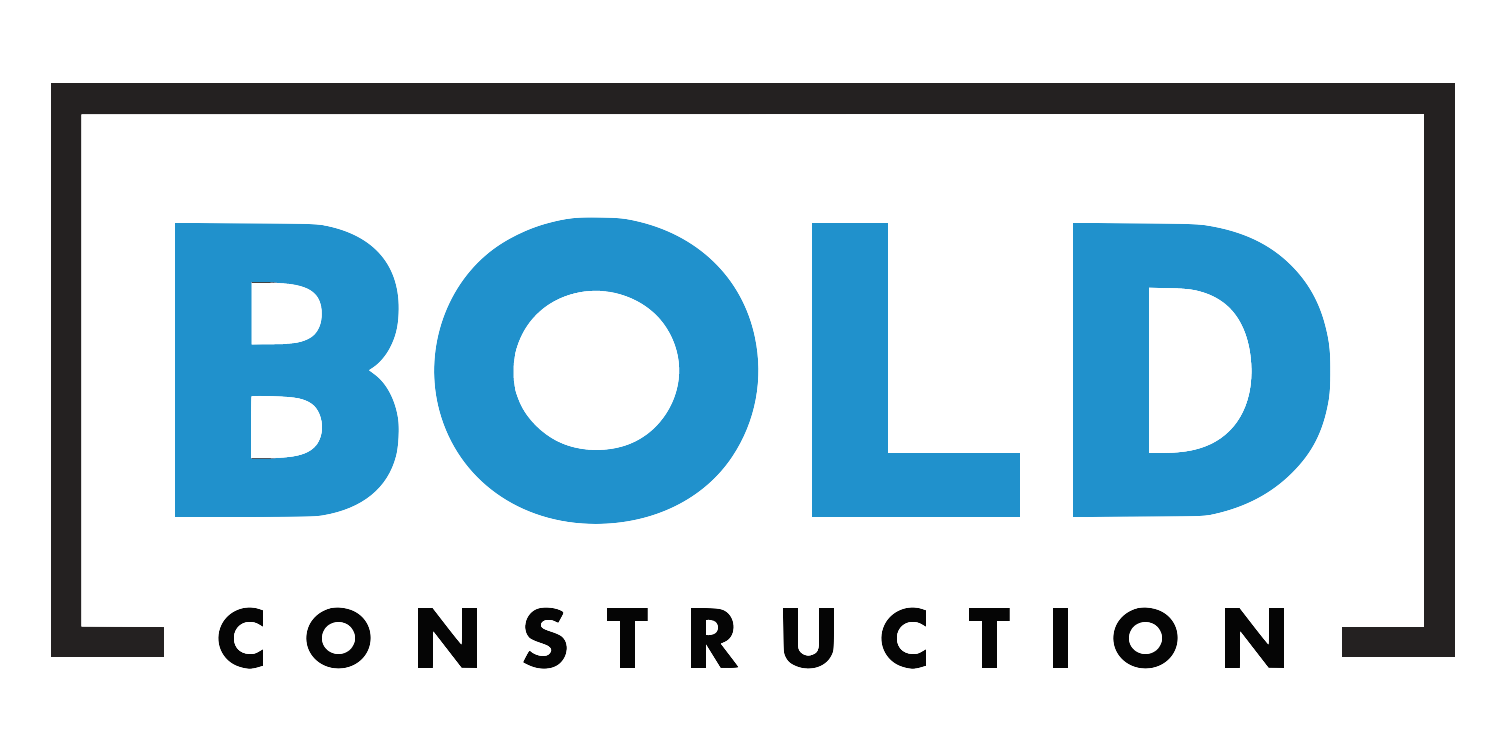Green is hot these days. It’s also cool, on multiple levels. For one, reduced environmental impact benefits us all. Two, some green technologies represent astonishing achievements in engineering, worthy of admiration outside of any moral or political cause.
Naturally, that kind of cutting-edge technology blends well with construction. Enter the LEED Certification.
What is LEED Certification and what does it Entail?
LEED, or Leadership in Energy and Environmental Design, is a loose set of guidelines for sustainable construction. LEED buildings are designed to consume less power and water, minimize temperature loss, and use materials that have less environmental impact. The certification is optional, and maintained by the US Green Building Council.
LEED comes in several levels, ranked based on points in various categories of sustainability. More points means a higher level of certification, with platinum sitting at the top.
As a sustainability tool, LEED has obvious advantages. But it also has many financial bonuses, namely incentives from local and national governments. Savvy buyers – especially millennials – are also attracted to buildings with LEED certifications.
Though LEED is primarily used for big buildings – offices, apartments and the like – it does extend to private homes.
Issues and Future Changes
The actual results of LEED-certified buildings vary. Some studies show them performing the same or even worse than non-LEED buildings, while others show efficiency increases of 20 percent or more. There’s a lot of research exploring why this is, but the core issue is that LEED focuses on a building’s design, not necessarily its energy consumption. So while a building could tick those boxes for LEED points, energy efficiency is a holistic effort.
Also, some experts claim LEED doesn’t account well enough for different climates. However, the certification is frequently updated, and will likely address this in the future.
Notable Examples
North Carolina is seventh in the nation for LEED buildings. The Triangle has some notable examples, including the platinum-level Raleigh Transit Operations Facility. It uses geothermal energy, lots of natural light, and renewable materials in its construction. The Durham County Courthouse sits one level below at LEED gold. It features flooring made from recycled windows, regenerative energy elevators (technology also in the Prius), and sustainably farmed wood.
Globally, the tallest LEED building is the Taipei 101 in Taiwan. The pagoda-inspired building recycles 20-30% of its own water, and double-paned windows block 50% of heat from the Taipei sun.
Bold Construction was recently recognized for a LEED Silver home by the NAHB, and we’ve completed commercial and residential LEED projects in the Briar Chapel green community. If you need an experienced builder for your Triangle-area green project, contact us today! We’d love to help.
